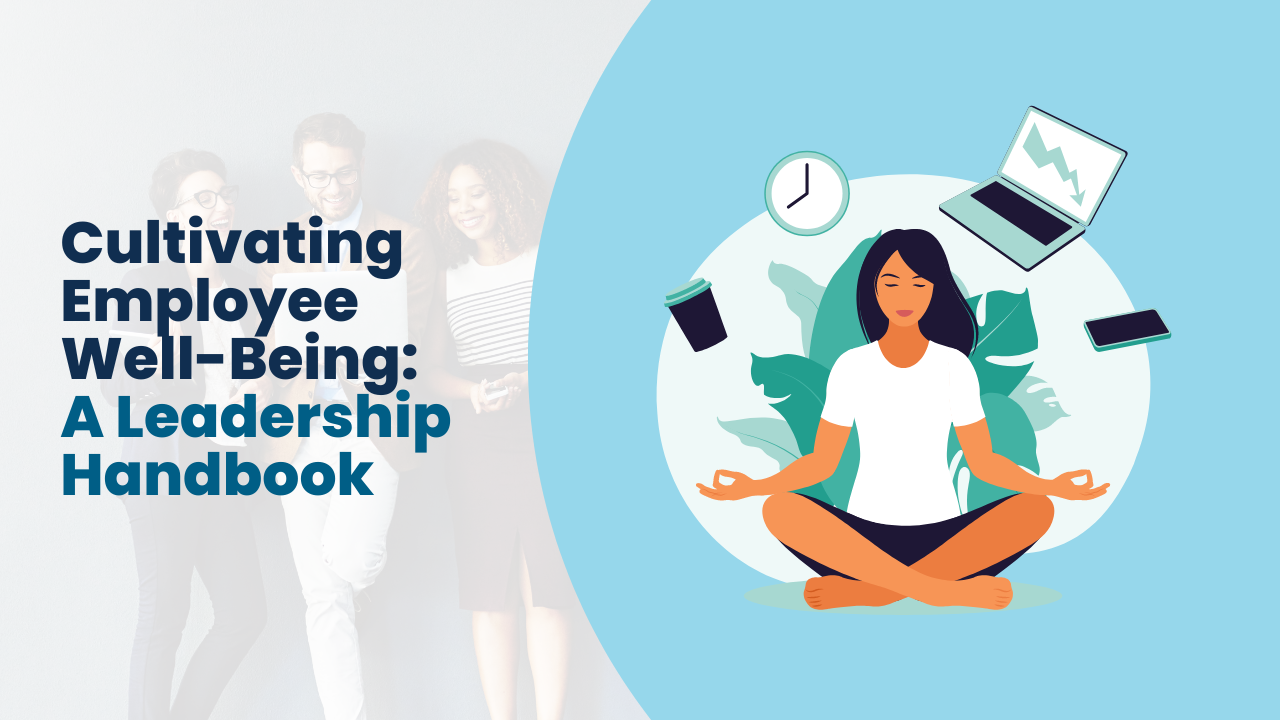Unlocking Team Potential: A Guide for Seasoned Executives on Employee Well-being

Consider employee well-being as a health thermometer, indicating the happiness and fulfillment of your staff. Traditional measures like gross domestic product (GDP) fall short in gauging individuals' quality of life or happiness. Instead, tools like the Personal Well-being Index (PWI) provide a more accurate depiction of collective happiness and satisfaction. To cater to diverse circumstances, unique questions or scales can be designed for different demographic groups, such as new mothers, teenagers, or professionals like teachers and doctors.
---
The Symbiosis of Well-being and Organizational Success
Well-being and Organizational Outcomes
The relevance of well-being to an organization's success is undeniable. Happy employees produce superior work, contribute creatively, and are more committed to the organization. The positive emotions that constitute a significant part of employee well-being lead to broader thinking, better decision-making, and increased resilience. Organizations that prioritize well-being tend to have lower staff turnover rates and reduced costs associated with employee absence.
Well-being and Business Benefits: The Data-backed Cry for Chief People Officer
The business advantages of well-being are significant. High levels of well-being result in enhanced productivity, reduced turnover, increased job satisfaction, and improved customer satisfaction. These translate into tangible business benefits such as profitability and sustainable growth. A 2019 study from the Harvard Business Review and Gallup's research reinforce the direct correlation between employee well-being and business performance.
> Side Note: The role of the Chief People Officer (CPO) is becoming increasingly crucial in modern businesses. Far from a fashionable trend, the appointment of a CPO is a strategic move backed by compelling data and resonates with the evolution of the business landscape.
Leadership's Role in Cultivating Well-being
Leadership: The Catalyst for Well-being and Innovation
Leaders hold the power to boost the creative process among their employees by providing resources and autonomy. They can stimulate readiness for innovative behavior by acknowledging and rewarding creative effort, posing thought-provoking challenges, and establishing a safe environment for the exchange and development of ideas.
Steps to Cultivate Employee Well-being
1. Provide Resources and Reduce Unnecessary Demands: Equip employees with the necessary tools and resources to perform their duties effectively while minimizing unnecessary demands and pressures.
2. Offer Autonomy: Encourage employees to take ownership of their work and give them the freedom to determine how they perform their tasks.
3. Promote a Supportive Culture: Establish a culture of openness and collaboration where ideas can be shared and explored freely.
4. Encourage Engagement in Thinking: Foster an environment where employees are challenged and stimulated to think creatively.
5. Lead by Example: Demonstrate the value of well-being in your work habits and be open to discussions about well-being and mental health in the workplace.
---
Conclusion
As a seasoned executive, your role in advocating for employee well-being is fundamental. By prioritizing your team's happiness, you contribute to a more positive work environment and lay the groundwork for innovation, creativity, and ultimate success. The path to a thriving organization lies in happier employees. Remember, every stride towards improving well-being is a step towards a brighter, more prosperous future. The journey begins today!
Free Preview
Sign up now and get access to our Free Preview as well as the freshest tips and tricks delivered to your inbox once a week. Our weekly newsletter is trusted by thousands of managers, executive leaders, and learning & development professionals.
We hate SPAM. We will never sell your information, for any reason.
